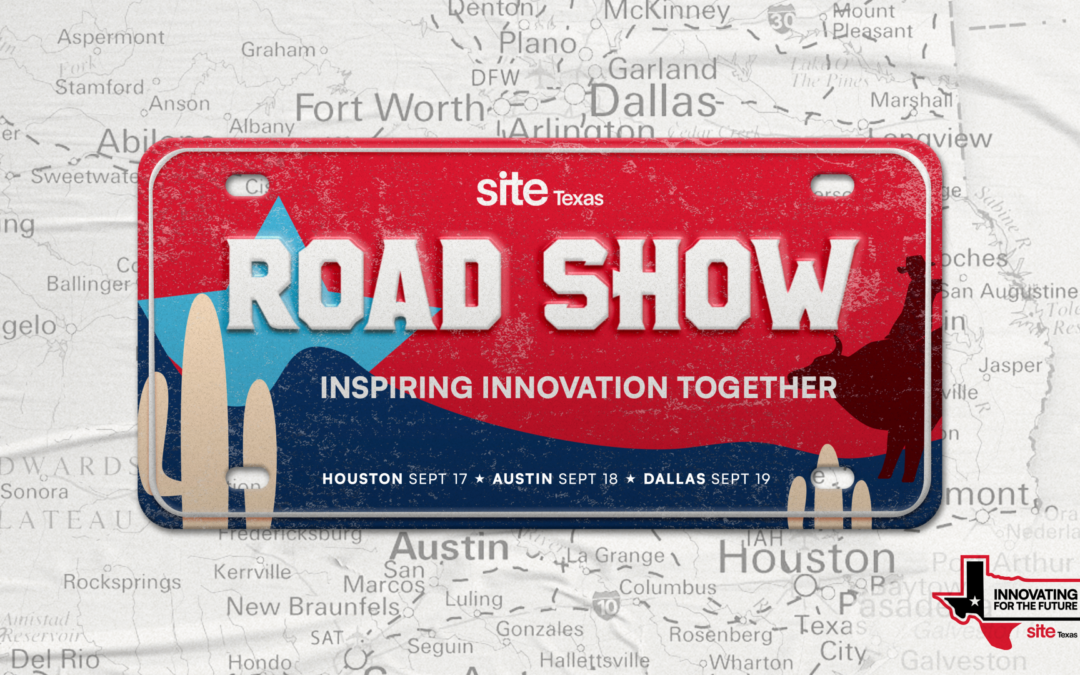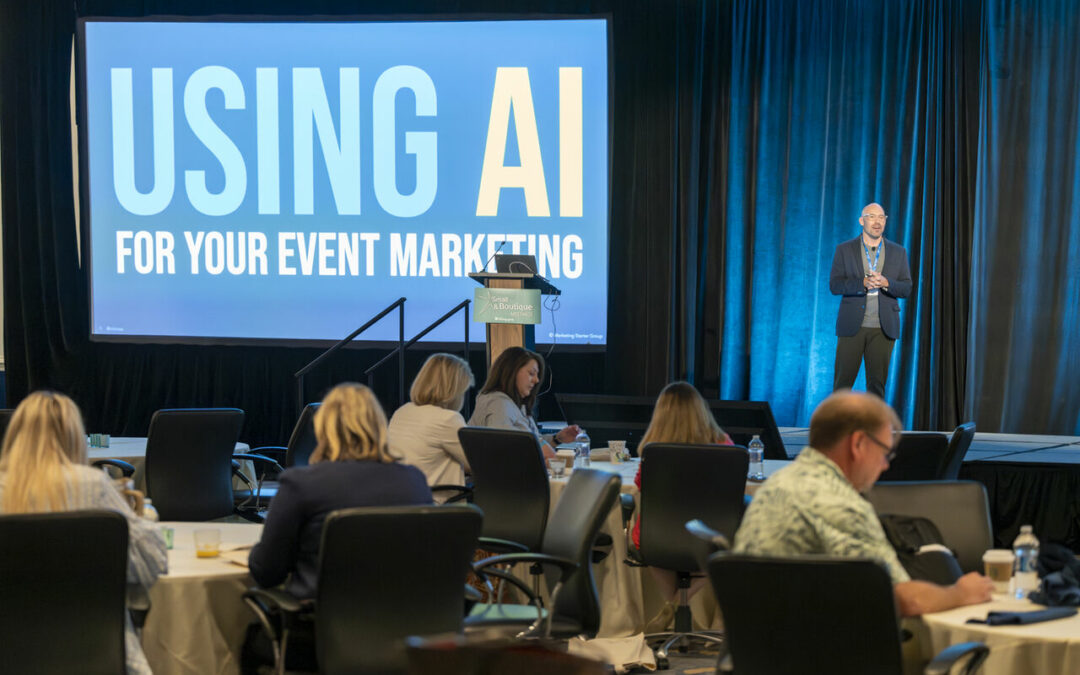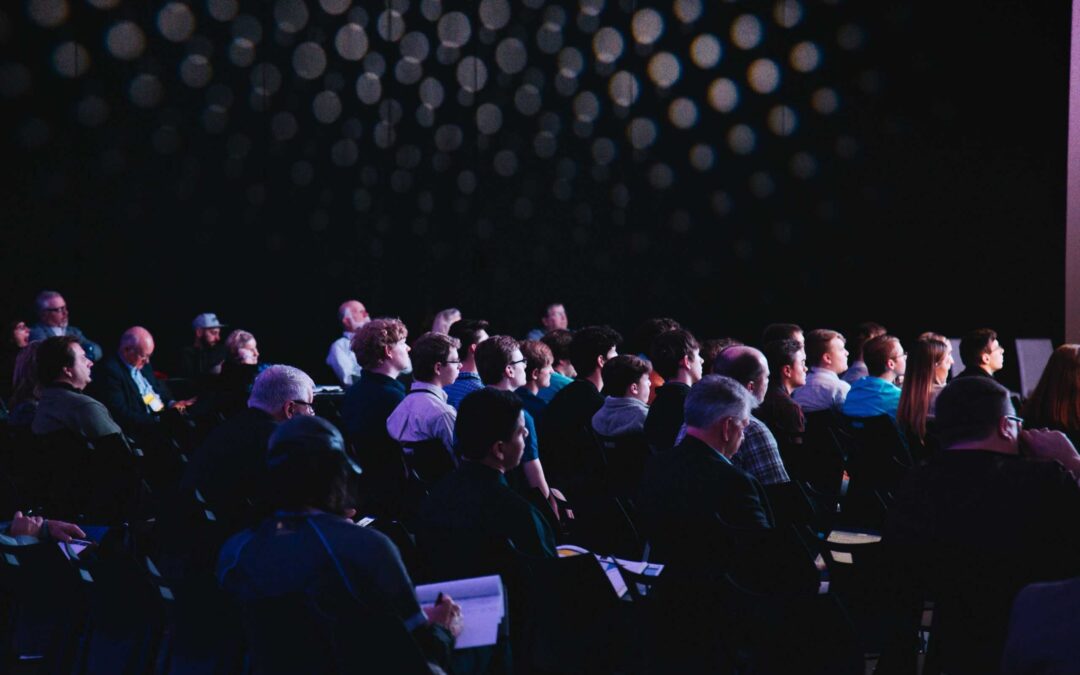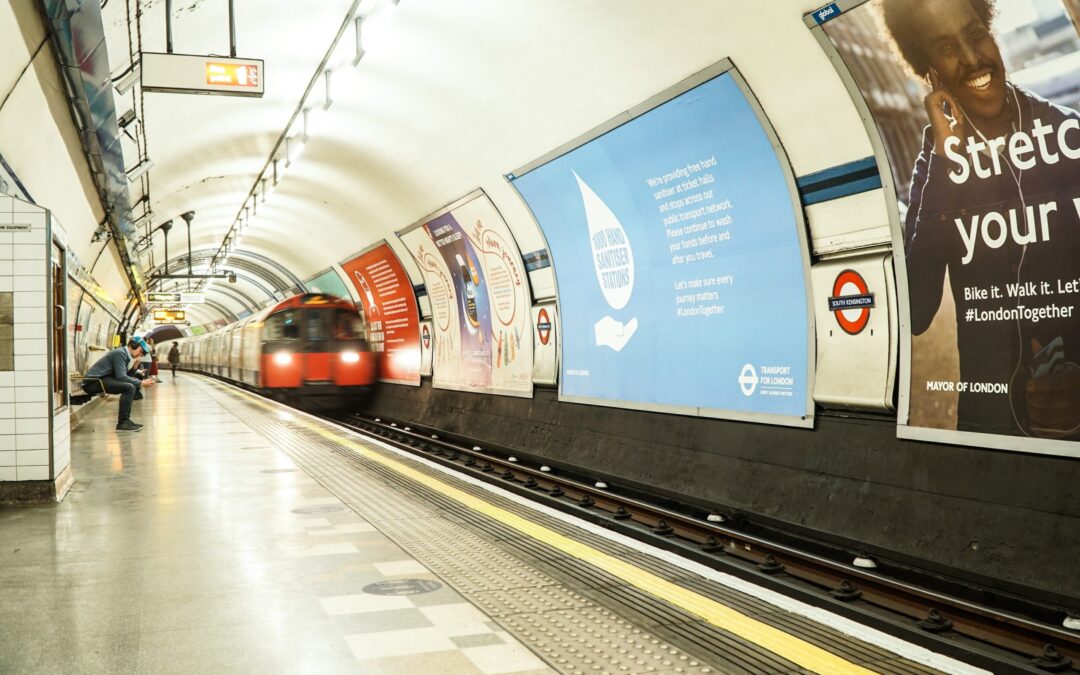
Three BIG Takeaways from the SITE Texas Roadshow 2024
Last week, I had the incredible opportunity to speak at the SITE Texas Roadshow 2024, where I connected with incentive travel professionals in Houston, Austin, and Dallas. Our discussions revolved around one crucial topic: the impact that Gen Z and Gen Y are having on the incentive travel industry. These younger generations are redefining how organizations design travel experiences, and here are three key takeaways I learned from our time together.
1. Personalization Is No Longer Optional—It’s Expected
One of the most significant shifts in the incentive travel industry is the demand for immediacy and personalization. Gen Z and Gen Y generations want more than just a well-organized trip; they want experiences tailored to their preferences, values, and interests. In Houston, we discussed how corporate travelers today expect custom experiences that reflect their individuality. Whether it’s cultural immersion, adventure levels, or wellness-oriented experiences, there’s a strong focus on personalization.
This shift is driving incentive planners to dig deeper into data, ensuring that no two travel experiences are alike. It’s not just about rewarding top performers anymore—it’s about creating something memorable and unique to them.
2. Sustainability and Purpose Are Front and Center
In Austin, a key topic that stood out was the increasing importance of sustainability and social responsibility. Gen Z and Gen Y are vocal advocates for environmental stewardship and ethical practices. Incentive travel is no exception to this trend, as professionals in the industry are finding innovative ways to align travel programs with eco-friendly values. From eco-conscious venues to carbon offset programs, the focus is shifting toward experiences that not only reward employees but also give back to the planet.
These younger generations also care about purpose. Incentive travel can no longer be just about relaxation or luxury—it needs to incorporate a sense of impact, whether through CSR activities or support for local communities.
3. Tech-Savvy Travelers Are Raising the Bar
By the time we reached Dallas, it was clear that technology is playing a critical role in how Gen Z and Gen Y engage with incentive travel. These groups are tech-savvy and expect seamless digital integration from start to finish. Whether it’s using apps for real-time updates, booking, or tracking rewards, they prefer travel that comes with digital convenience.
We talked about how incentive planners need to embrace digital platforms not only for logistics but also for enhancing the overall experience. This could include augmented reality tours, virtual concierge services, or gamified reward systems to keep participants engaged before, during, and after the trip.
THE SUM
Wrapping up this tour was an eye-opener. Incentive travel is evolving fast, and the influence of Gen Z and Gen Y is pushing the industry to think differently. These generations want more personalized, purposeful, and tech-driven experiences, and those who adapt to these preferences will lead the charge in the future of travel. The key to winning them over is to exceed the expectations that they are setting for themselves in their leisure travel, which can be a tall order. With the right creative planning, any incentive travel buyer or planner can be ready for Gen Z and Gen Y.





